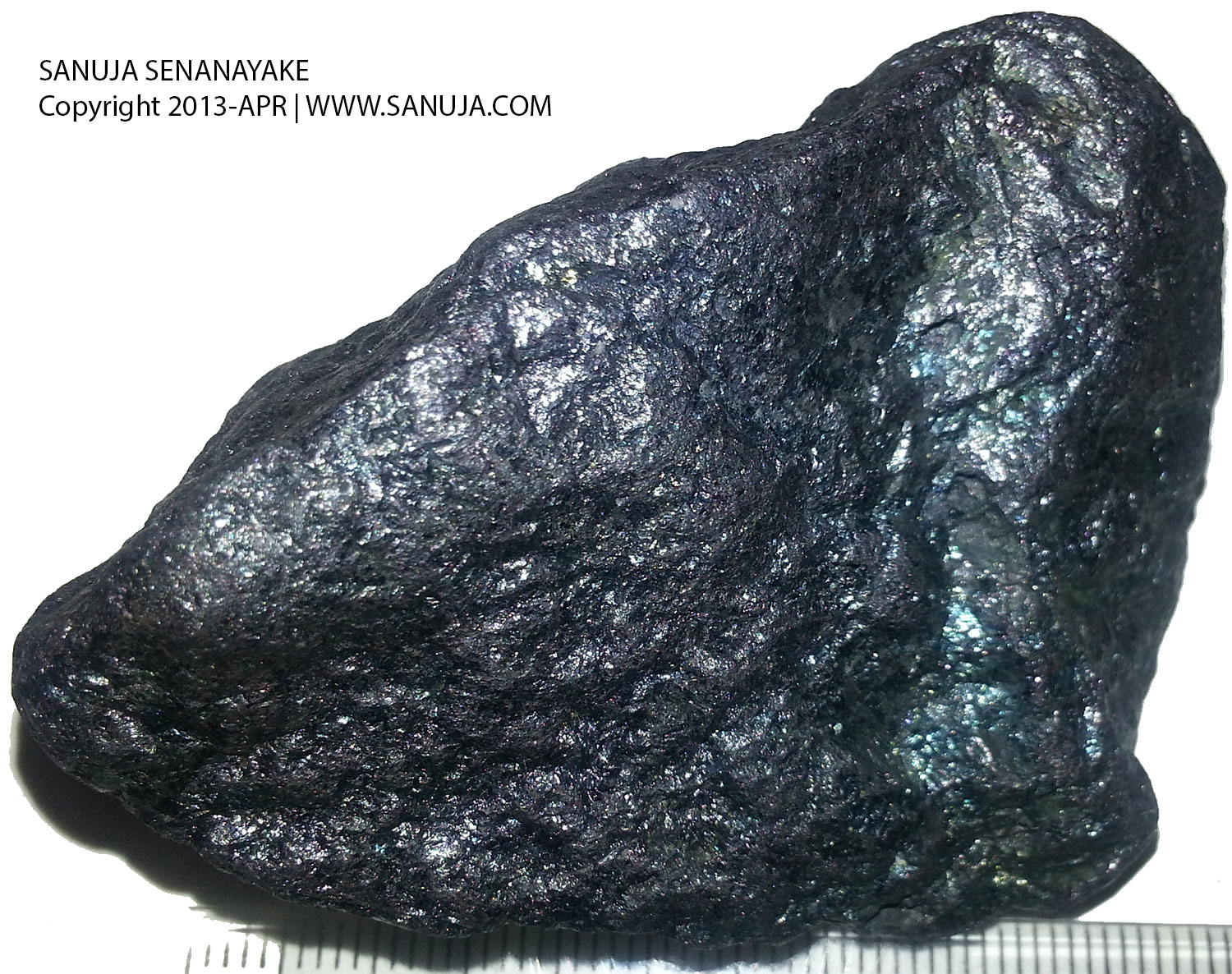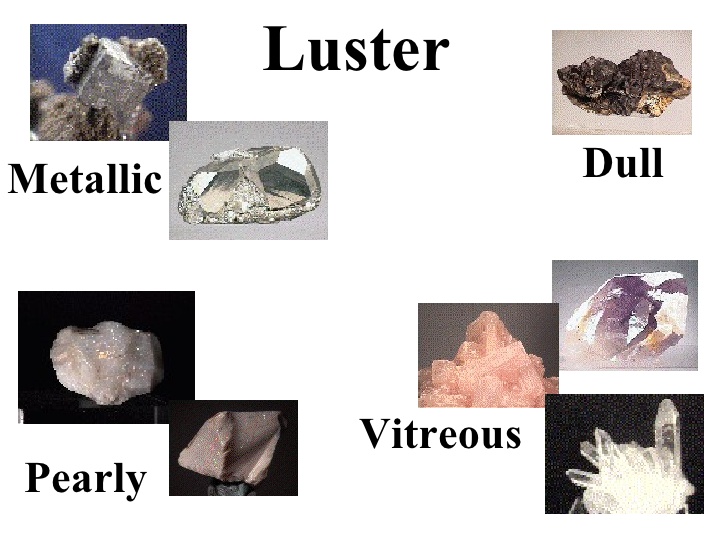
Lazurite is a popular but generally expensive mineral. Well-formed, deep blue crystals are rare and valuable. It is more commonly found massive and combined with other minerals into a rock called Lapis Lazuli, which is an …
Detailed description, properties, and locality information guide about the borate mineral kernite.



Blue Gemstones & Minerals. The following is a list of Blue gems and minerals listed in our database. Click the pictures to get full data, …
Excalibur Mineral Corporation is a complete mineralogist’s heaven! Excellent quality mineral specimens, microscopes, UV lamps, Photographic Guide to Mineral Species on CD-ROM, mineral models, and an analytical lab with SEM and EDS instruments in it’s Charlottesville, VA home


Azurite owes its name to its beautiful azure-blue color, which makes it a very popular and well-known mineral. Large, well-formed, and deep blue crystals from Tsumeb (Namibia), Bisbee (Arizona), and Milpillas (Mexico), make exquisite collector’s minerals that are regarded as some of the finest mineral masterpieces in nature.

Other words that describe luster: shiny, sparkly; shimmering, opalescent; frosted, milky; SPECIFIC GRAVITY. Specific Gravity (SG) indicates how many times more the mineral weighs compared to an equal amount of water (SG 1).
Precious and Semi-Precious Gemstone and Mineral Glossary. Adamantine luster Refers to the diamond-like luster of a gemstone. Gemstones with a diamond-like luster include diamond (of course), demantoid garnet and sphene.
Aeschynite If you have any metaphysical or intuitive information on Acanthite, please contact me. Thank you! Luster is vitreous to adamantine or pitchy when more massive.


A pale blue diamond Source: commond via Wikimedia Commons Alexandrite. Alexandrite is a color-changing gemstone of the mineral chrysoberyl. The color of this gemstone changes depending on the source of light.
A mineral is a naturally occurring chemical compound, usually of crystalline form and not produced by life processes.A mineral has one specific chemical composition, whereas a rock can be an aggregate of different minerals or mineraloids.
_large.JPG)